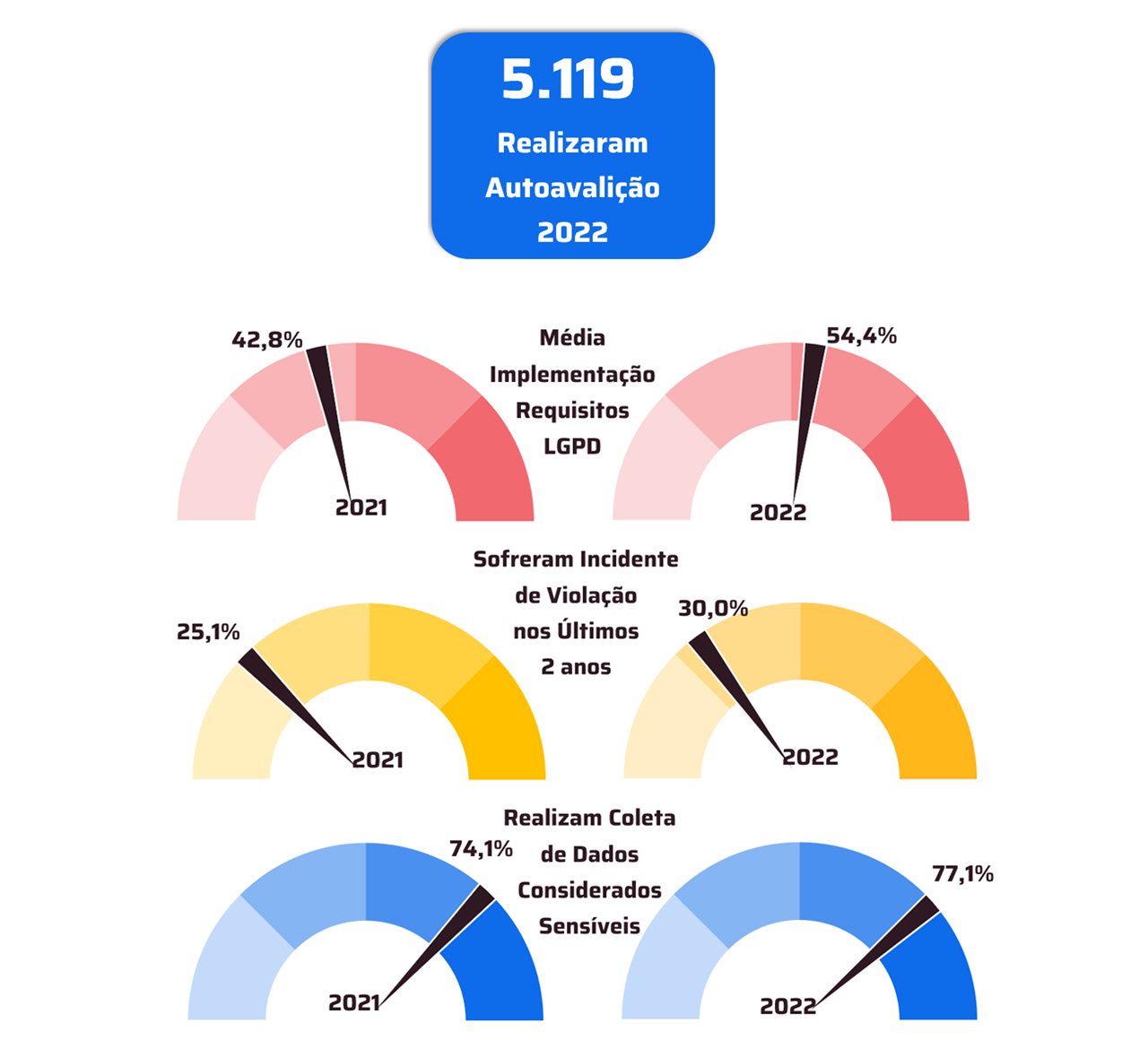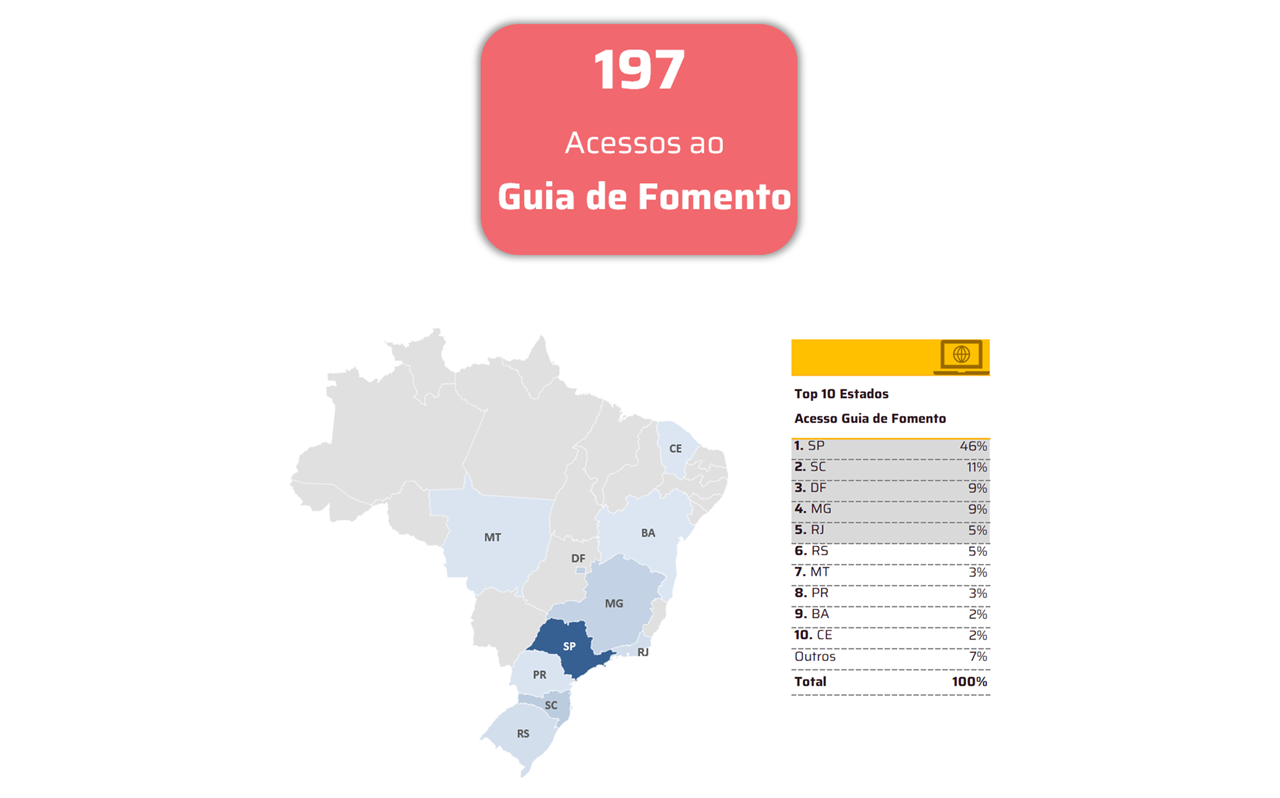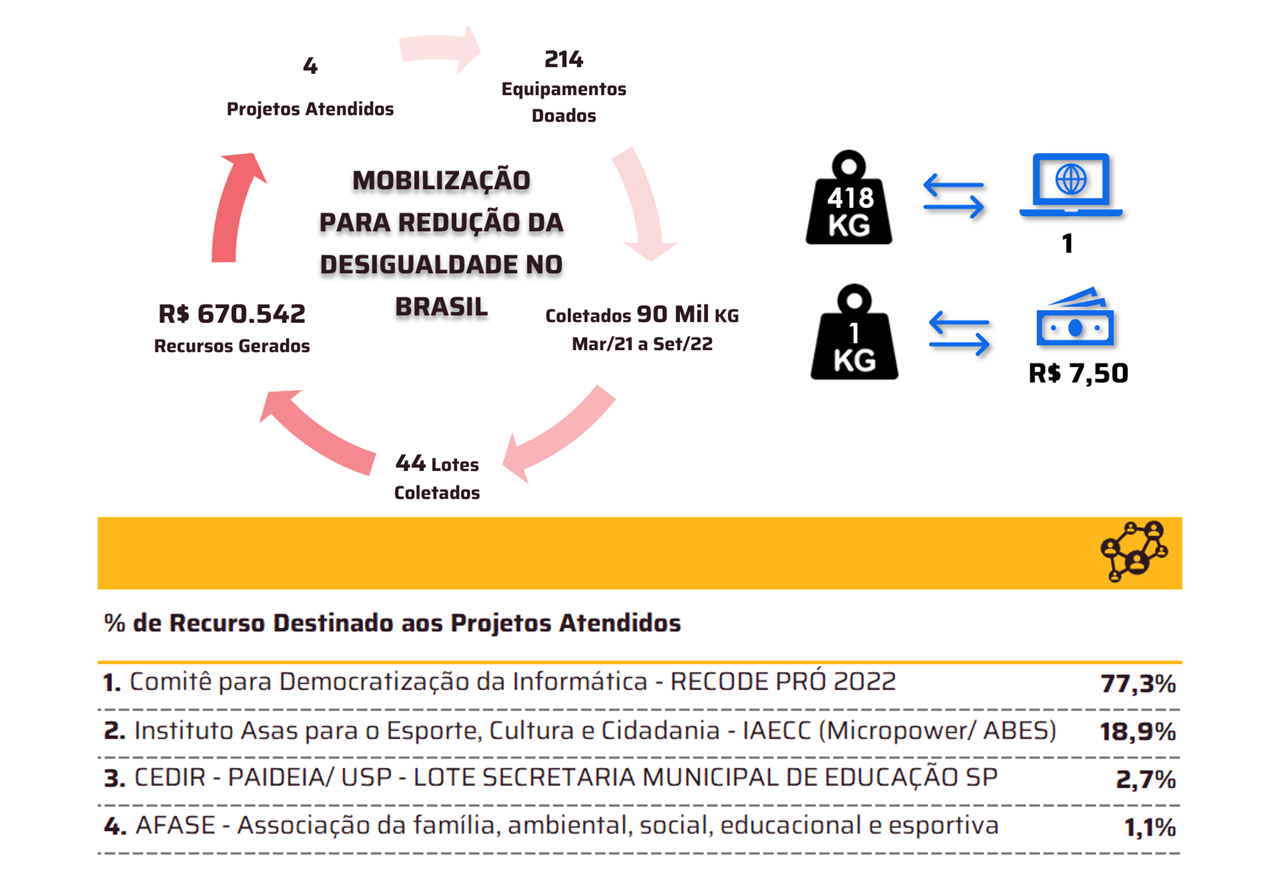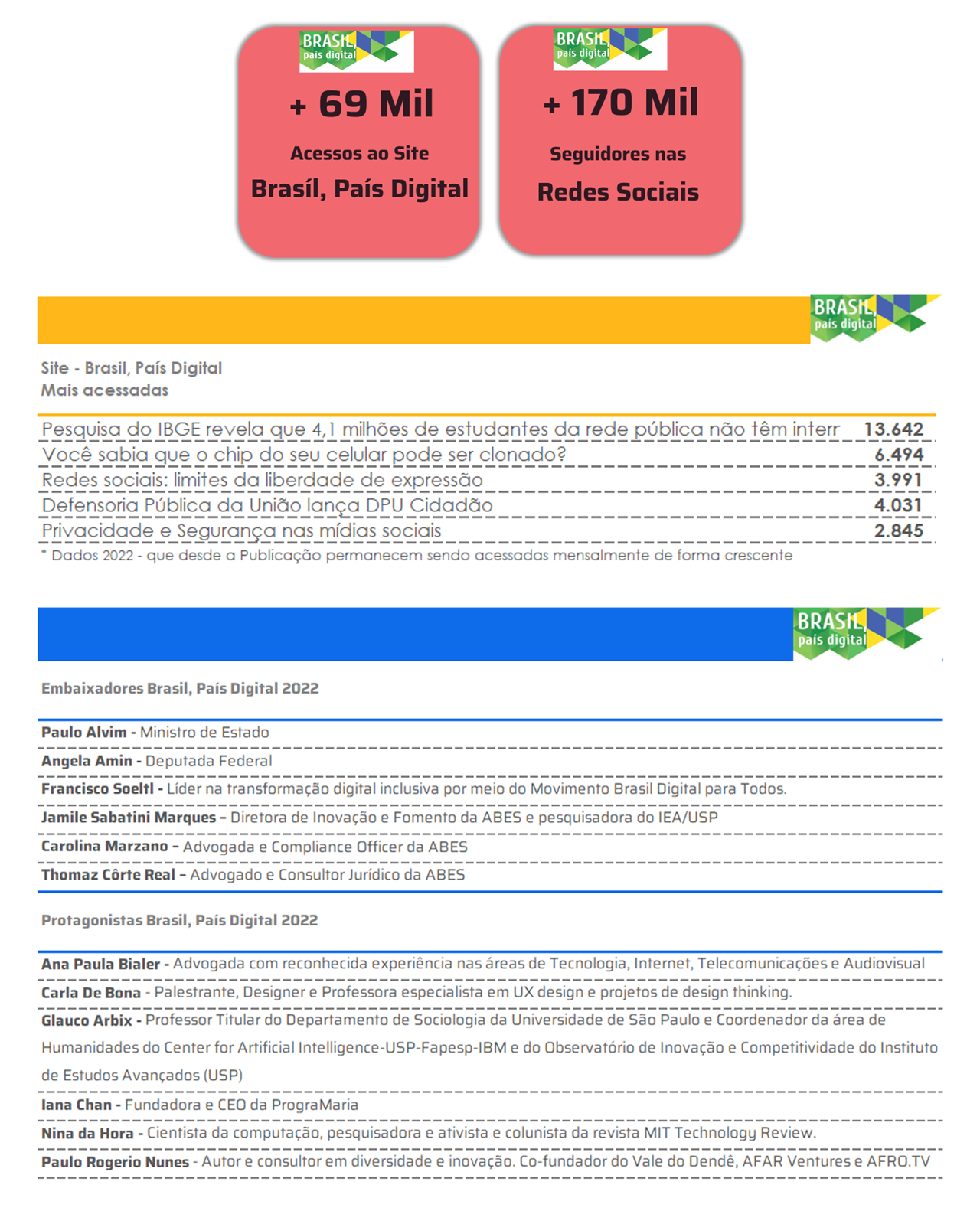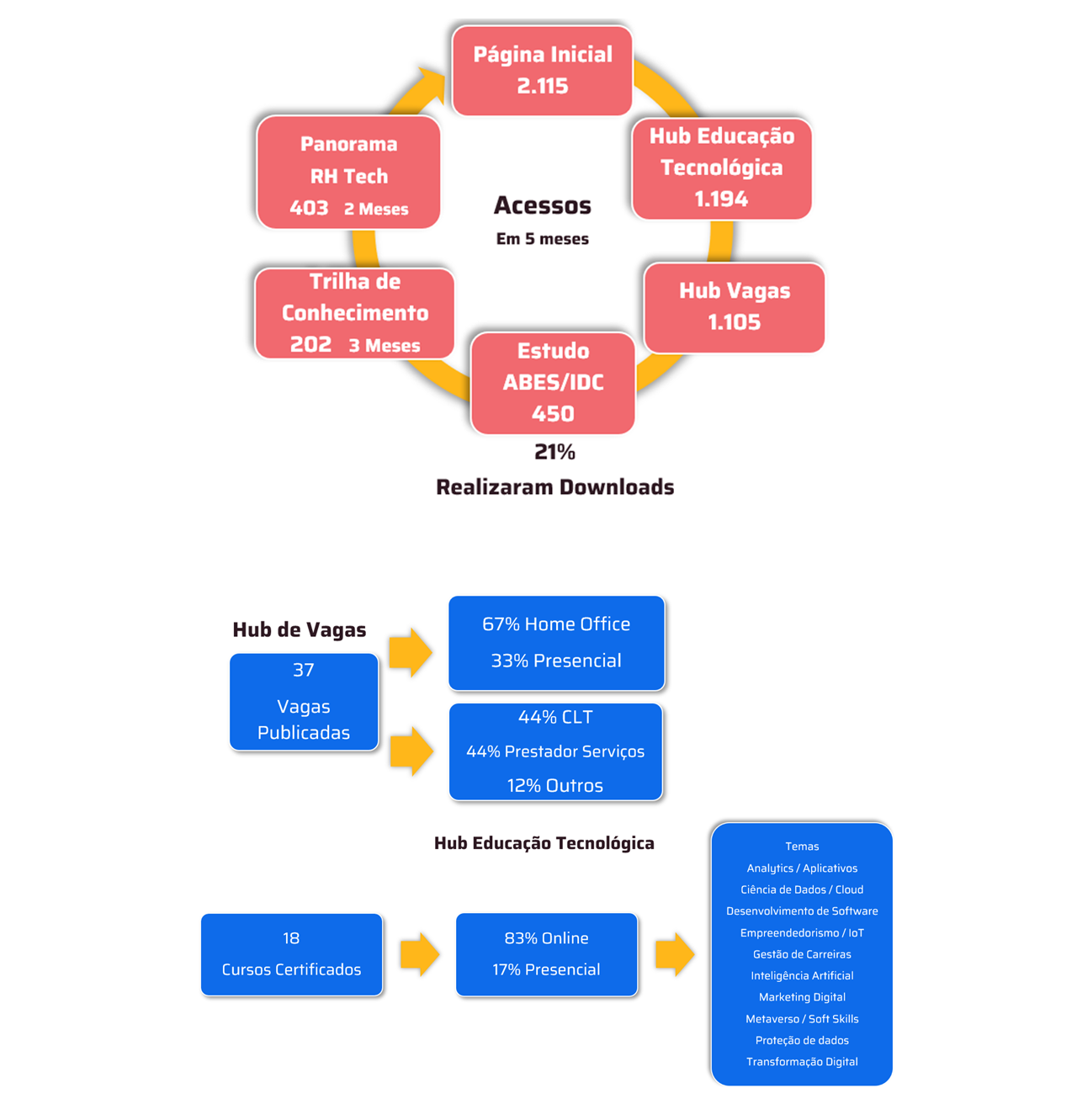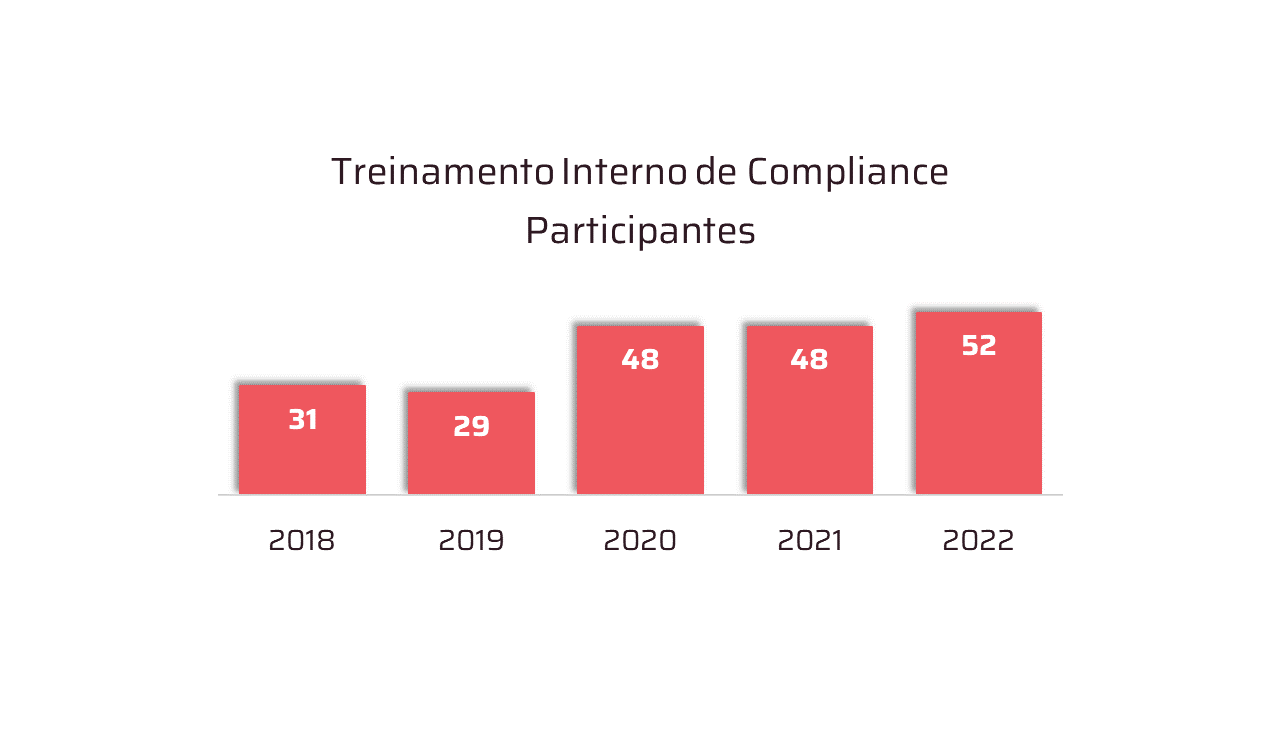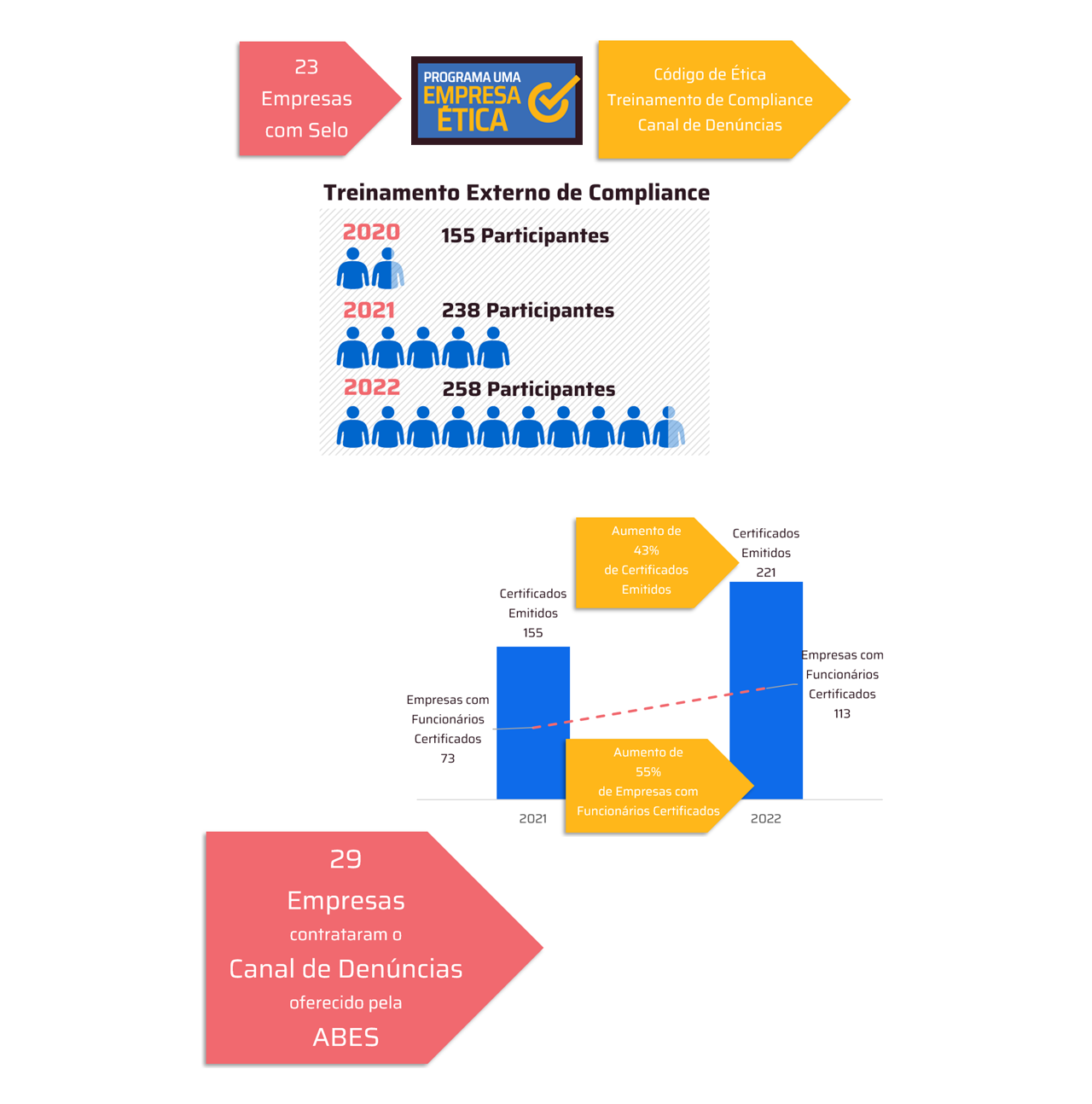- Study carried out by Datatech analyzed the periods from April 2023 to February 2024;
- A total of 3.2 million fraudulent transactions were identified.
Between April 2023 and February 2024, Serasa Experian's anti-fraud document analysis layers identified that, in a sample of 104.3 million transactions, 3% were attempted scams using fake General Registration Numbers (RGs) and National Driver's Licenses (CNH) (3,284,176). The crimes involve two types: tampering with real documents, with a photo overlay manually or using Artificial Intelligence (AI), to approximate the real image, and assembling fake documents, already with the scammer's photo, but with true information about a victim (name, CPF, date of birth, filiation, etc.).
Document fraud attempts were identified mostly during the account opening phase, and the unbanked, those who do not have a bank account, are the most affected. The data comes from an unprecedented study by Serasa Experian, the first and largest datatech in Brazil. According to Caio Rocha, Director of Authentication and Fraud Prevention at Serasa Experian, “people who do not have bank accounts are the main victims of criminals because they do not have financial records, that is, they have less use of their personal information and facial biometrics, ensuring less incidence of security technologies, which increases the chances of the scam being successful,” he explains.
According to the study, the documents analyzed that belonged to men were the ones that indicated the most fraud in the period, with 44.7%, against 36.6% for women. The most common age group of victims was 16 to 35 years old (45.5%). The view by segment of fraud attempts indicates that “Payment Methods” (49.0%) and “Banks and Cards” (27.32%) were the most targeted. Check out the breakdown by age group, gender and sectors in the graphs below:



Challenges in document analysis
The ID card is the most susceptible document in the country – as they are different in each state, this makes it easier for fraudsters to operate. The implementation of the new National Identity Card (CIN) could help mitigate document fraud, as the standardization of the document at a national level will allow analysis technologies to identify fraudulent markings more accurately, facilitating identification and verification of authenticity.
How businesses and consumers can ensure document security
Prevention is still the best method against document fraud. On the companies' side, it is necessary to have security tools that use layered technology capable of covering all the country's rules and standards.
“The importance of having security solutions that are constantly improving is crucial, especially in a scenario where scams are becoming increasingly sophisticated. Using advanced technologies and artificial intelligence is essential to effectively identify and prevent fraud. Even if a fake document can pass an initial validation stage, it is essential that security solutions continue to evolve and adapt to detect signs of fraud in subsequent stages, ensuring the protection of both the company and consumers,” says Caio Rocha. On the consumer side, in addition to choosing companies that adopt effective layers of protection, some measures are important, such as:
Store documents in safe places and avoid sharing unnecessary personal information;
Electronic signatures are a safe and efficient way to guarantee the authenticity of important documents, as they are recognized worldwide and, in Brazil, are regulated by Law No. 14,063/2020;
Use technological resources, such as online validation, to verify the authenticity of public documents with VALIDAR, a service maintained by the National Institute of Information Technology (ITI);
Before providing any information, verify the necessity and reliability of the request and do not share documents arbitrarily.
Methodology
To produce the Documentoscopy study, Serasa Experian analyzed 104.3 million transactions involving document verification, of which 3% were identified as fraud attempts using false documents such as General Registrations (RGs) and National Driver's Licenses (CNH). The analysis considered an 11-month period (between April 2023 and February 2024).









